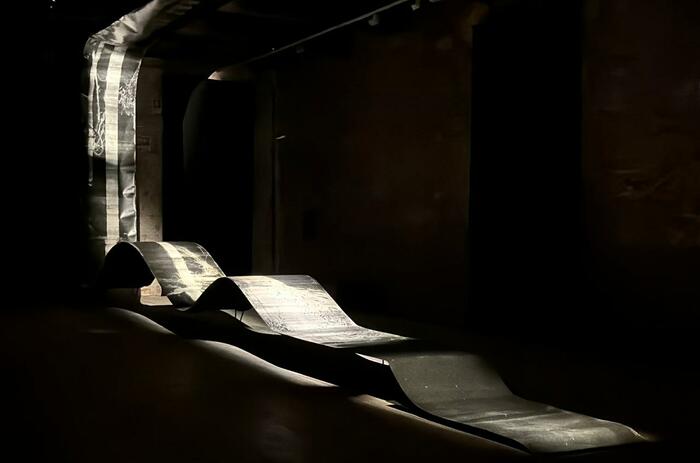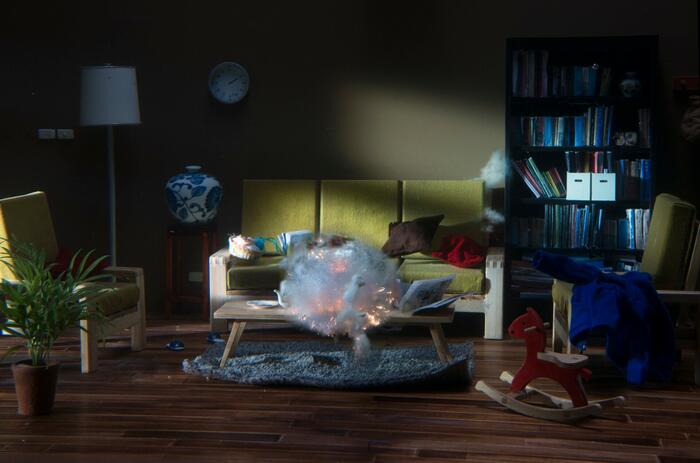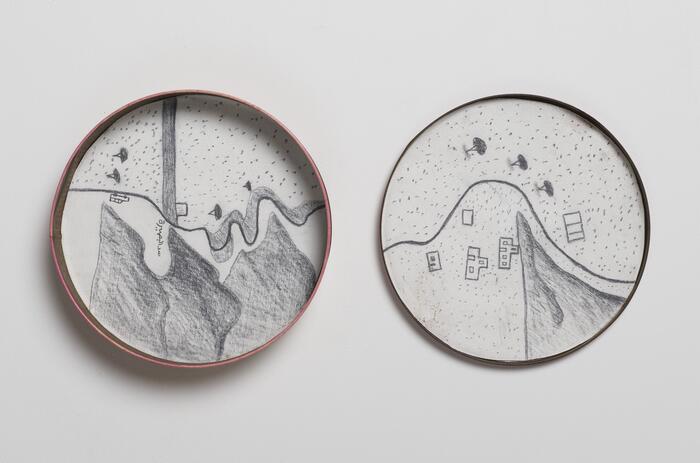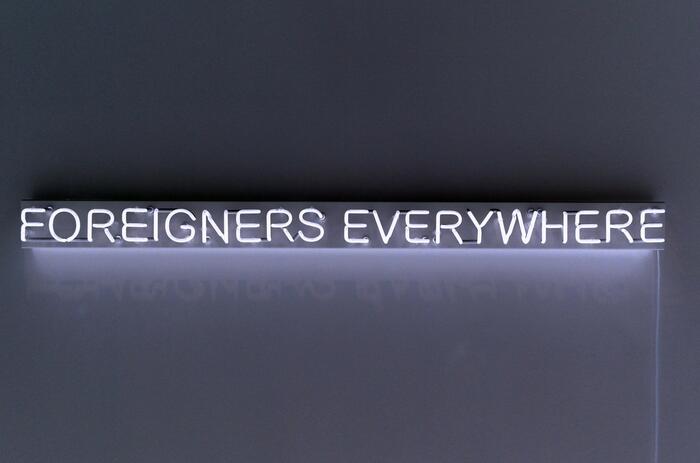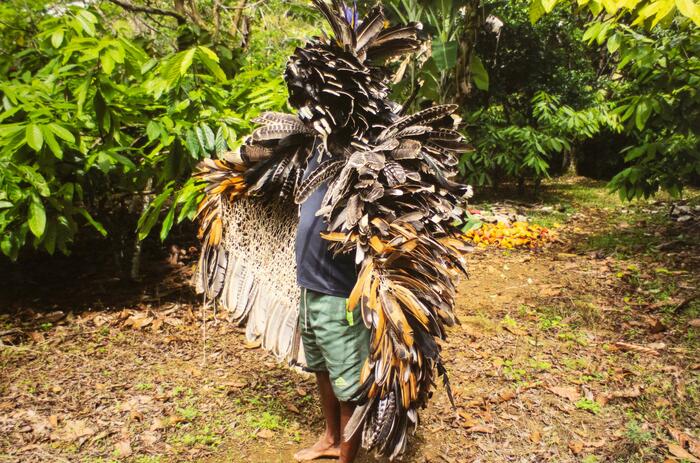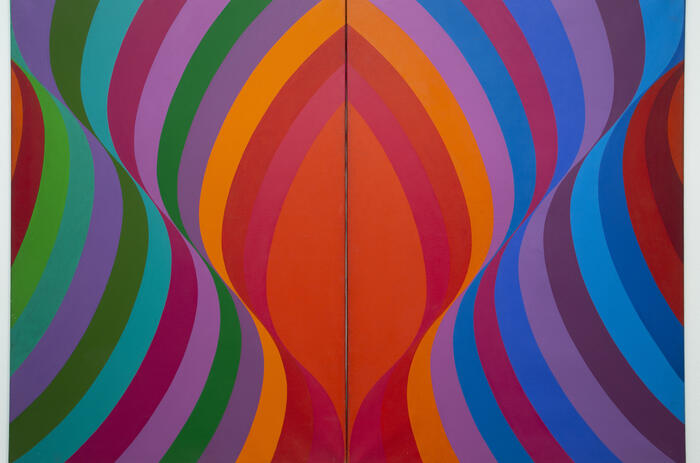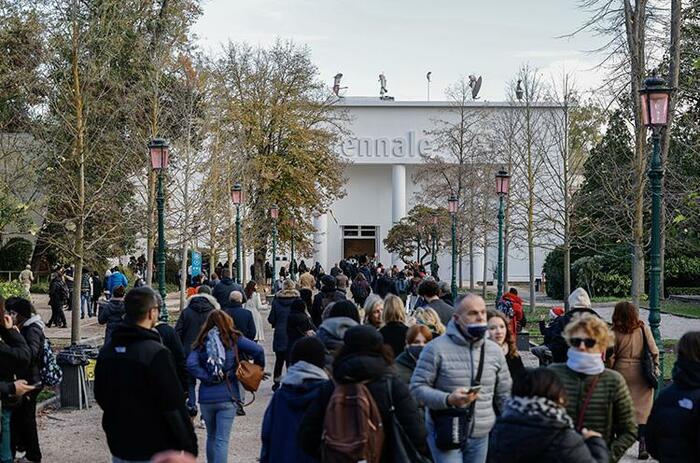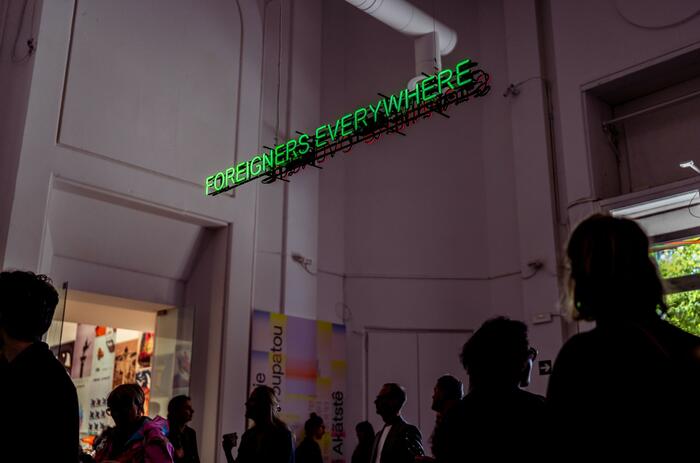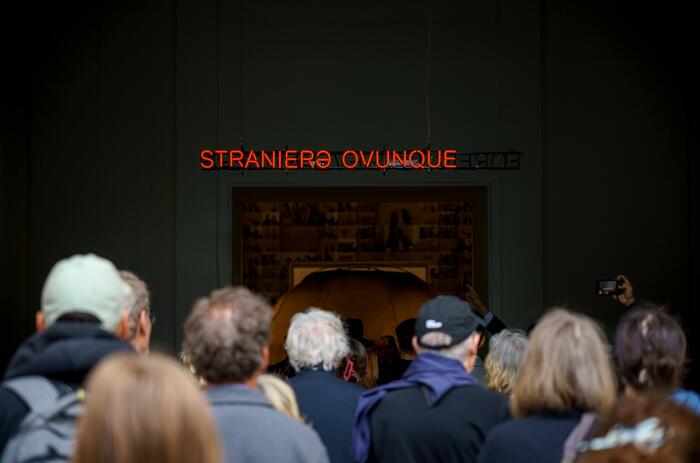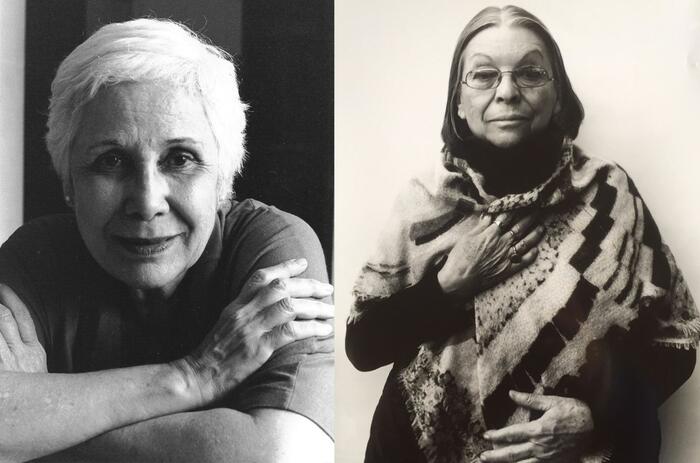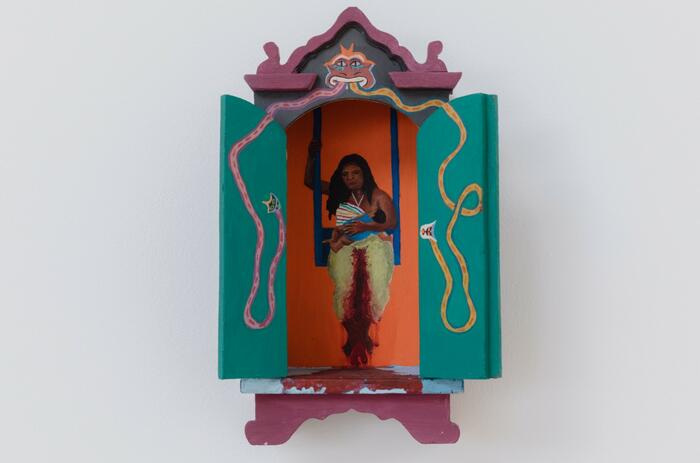THE GERMAN PAVILION AT THE BENNALE DI VENEZIA
For the 60th International Art Exhibition – La Biennale di Venezia – curator Çağla Ilk has invited artists Michael Akstaller, Yael Bartana, Robert Lippok, Ersan Mondtag, Nicole L’Huillier, and Jan St. Werner to participate in the German pavilion’s proposal, titled Thresholds. Proceeding from alternative readings of history and the future, the contribution extrapolates realms of experience from the liminal.
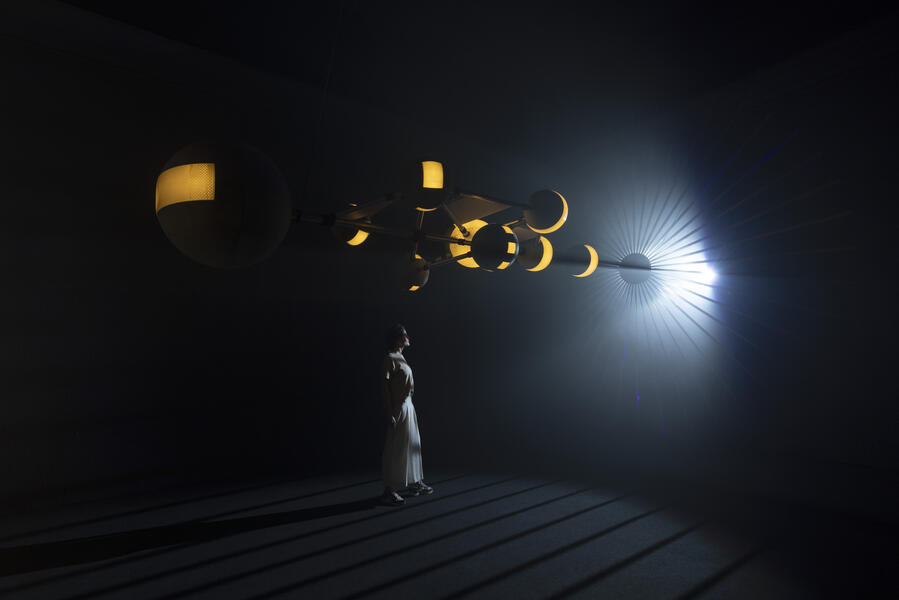
For the first time, and for the duration of the exhibition, the German Pavilion’s presentation extends beyond the boundaries of the Giardini della Biennale to a further location: the neighboring island La Certosa. Yael Bartana and Ersan Mondtag present their work in the pavilion building. On La Certosa the idea of the threshold is extended in nonvisual contributions by Michael Akstaller, Nicole L’Huillier, Robert Lippok, and Jan St. Werner.
Thresholds are liminal spaces subject to a paradoxical intermediate order. They lead from one place to the next, and are both spatial and temporal connectors. The curatorial method adopted for the presentation is to link different artistic approaches and disciplines within a pluralist overall story-telling. Proceeding from the present as threshold, as transition, where past and future overlap, the artistic contributions deal with both the threshold as a place between different kinds of belonging and with the communities that inform this space of meanings. The concept is inspired by the thinking of Georgi Gospodinov and Louis Chude-Sokei, who accompany the German contribution as Chroniclers in an active interchange.
Ersan Mondtag counters the fascist architecture of the pavilion, with its aspiration to eternal validity, with a Monument eines unbekannten Menschen (Monument to an unknown person). At its conceptual heart is the question of collective memory. A central motif of the monument is earth, which Mondtag symbolically transfers as an embattled object of territorial conflict, as a habitat of the dead and ghosts, from Anatolia to the German Pavilion. Amidst an apparently archaeological landscape, Mondtag and five performers bring biographical fragments to life: workplace, factory, living quarters, public space.
With her ongoing work Light to the Nations, Yael Bartana approaches a threshold in time and space: the present reality of planet Earth on the brink of environmental and political destruction. In an act of salvation, a spaceship, envisioned by the artist and named after a passage in the Book of Isaiah, carries multiple generations of humans toward unknown galaxies. It is a grand, open-ended journey, designed for collective healing, drawing on utopian and dystopian elements in equal measure. With this installation, which includes a newly choreographed video work entitled Farewell, Bartana expands her body of work, developed over decades, exploring and reimagining group ceremonies and the social movements that surround them.
As a kind of prelude to the German contribution on La Certosa, the voice of Louis ChudeSokei accompanies visitors when they arrive on the island. His sonic intervention Thresholds can be heard when crossing the threshold between jetty and land.
In Scattered by the Trees, Michael Akstaller examines how sound diffuses within particular ecosystems, and how trees and forests determine the parameters of our perception of sound. Akstaller’s sound installation works with the natural system on La Certosa without imitating it.
Ambiguity, belonging, and codes are fundamental to the work of Nicole L’Huillier. For her installation Encuentros (Encounters), she developed a transceiver system that translates the island’s sounds into varying frequencies and mixes artificial and natural sounds into an acoustic space. Her sound-sensitive membranes inhabit the island and communicate with the environment of La Certosa. In their receiver function they respond to the sounds near them, activating a sound system based on the reciprocal relationship of transmitting and receiving. This exchange of naturally and electronically produced sounds leads to a blurring of boundaries.
Robert Lippok buries numerous subwoofers in the soil of La Certosa in his Feld (Field). Ordered in triangular constellations, his soundscape plays with listeners’ perceptions by opening up the ground beneath their feet like a window onto the island’s past. The work amplifies the layers hidden beneath the grass. Lippok marks out a tremulous field of transitions through a sonic threshold.
For Volumes Inverted, Jan St. Werner developed a loudspeaker instrument specially for the monastic ruin on La Certosa. Its dialogue with another loudspeaker, which focuses a beam of sound from the lagoon over several hundred meters back to the island, gives rise to two interlocking sound installations: one activating the monastery’s interior, the other distributing sound across the island. This duality questions one’s own localization and prompts an interchange between the island and the surrounding lagoon.

